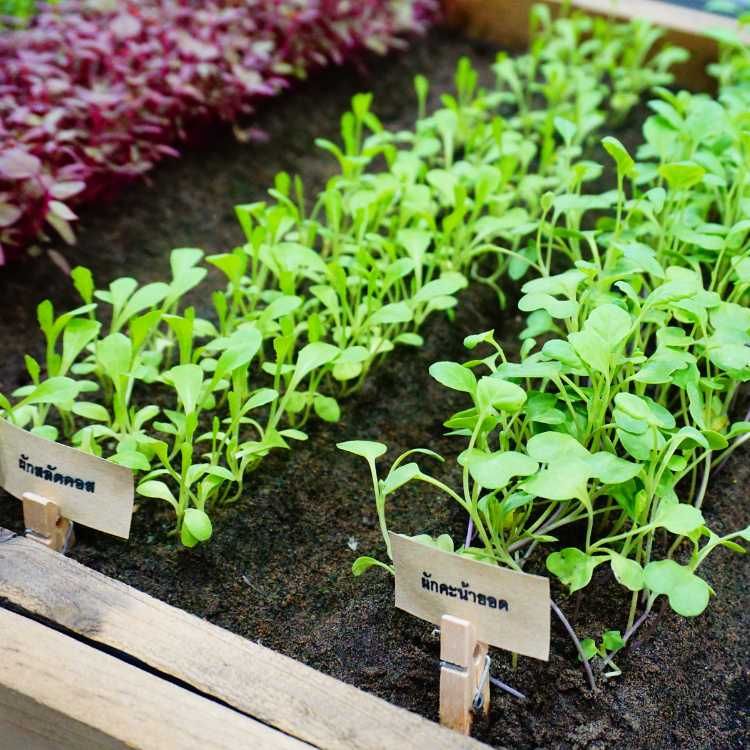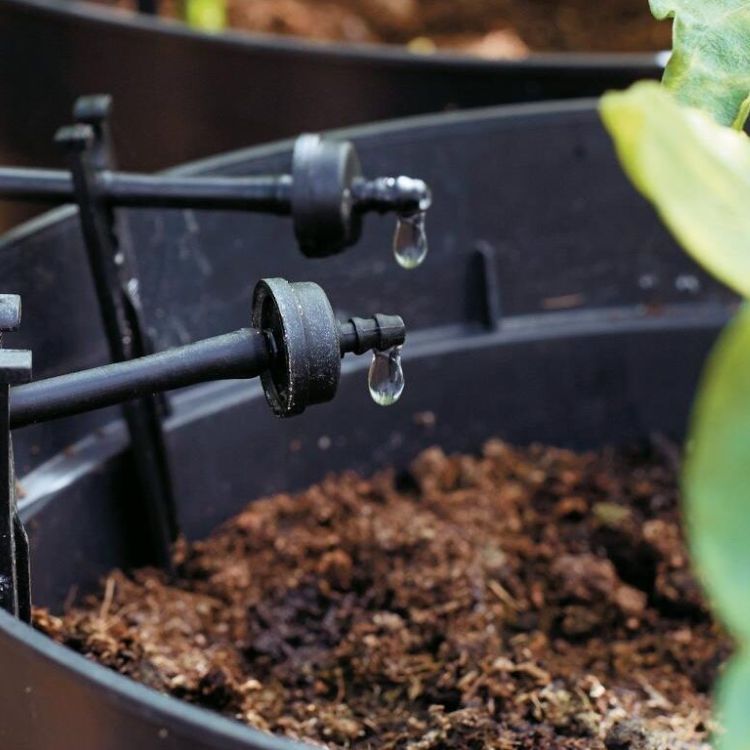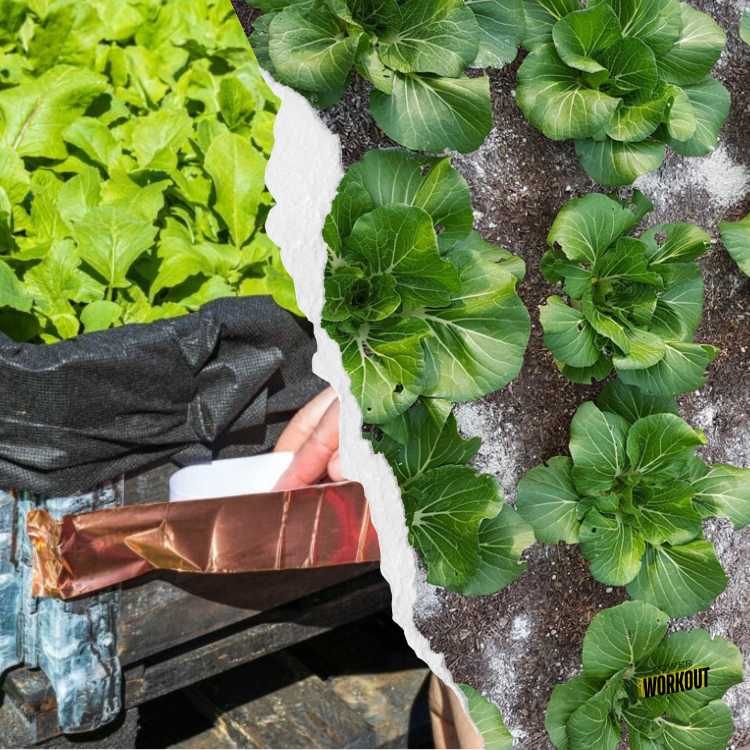
Hey there, green thumbs and garden lovers! Whether you’re jetting off for a tropical escape or embarking on a cross-country road trip, leaving your garden behind can feel a bit like leaving a piece of your heart. But fret not! I’m here to guide you through making sure your leafy friends not only survive but thrive while you’re out exploring the world.
Key Takeaways
Pre-departure garden maintenance is key to a healthy garden upon return.
Setting up an automated watering system or DIY solution is crucial for plant hydration.
Enlisting a reliable plant sitter with clear instructions will keep your garden in good hands.
Pest control measures should be taken before leaving to protect your garden.
Upon return, assess and address any plant stress for garden recovery.
Gearing Up for the Trip: Your Garden’s Checklist
Assessing Your Garden’s Needs
Before you pack your bags, take a walk around your garden. Look at each plant – are there any signs of distress? Do some plants need more water than others? Which ones are due to bloom or fruit while you’re away? Understanding the individual needs of your plants will help you tailor a care plan that’s just right.
Remember, each plant is unique. Your sunflowers may stand tall without a daily check-in, but those tender herbs might need a little extra TLC. Take notes – they’ll come in handy when you’re passing the torch to your garden caretaker.
Creating a Plant Care Schedule
Consistency is the backbone of a thriving garden, so a care schedule is non-negotiable. Chart out a calendar marking watering days, feeding times, and any special care notes. This visual guide will be a lifesaver for your plant sitter, and it’ll give you peace of mind knowing your garden’s routine is set to continue without a hitch.
Gathering Essential Tools and Supplies
Let’s gear up! Ensure you have the right tools for the job. A sturdy watering can, a reliable hose, and some quality fertilizer should be part of your garden’s arsenal. If you’re setting up a watering system, make sure all components are in working order. And don’t forget to stock up on organic pest control – you don’t want any uninvited guests taking over while you’re gone.
Water Works: Ensuring Hydration for Your Plants

DIY Solutions for Irrigation
Got a knack for DIY? You can create a simple drip irrigation system using a bottle and some ingenuity. Poke tiny holes in the cap, fill the bottle with water, and invert it near the plant’s base. Voila! A homemade watering solution. But be sure to test it out a few days before you leave – you want to make sure it’s working just right.
Another hack is the string water wick system. Take a cotton string, dip one end in a water container, and the other end in the soil near the plant’s roots. The string will slowly wick water into the soil, keeping your plant hydrated. Genius, right?
Automated Watering Systems: Setup and Tips
For a more hands-off approach, consider an automated watering system. They’re like having a robotic plant sitter! Set the timer, adjust the flow, and you’re good to go. Most importantly, do a trial run. You want to be sure that each plant is getting just the right amount of water – not a deluge or a drought.
Mulching Techniques to Retain Moisture
Mulch isn’t just a pretty topcoat for your soil; it’s a moisture-locking superhero. A layer of organic mulch around your plants will help keep the soil moist and cool, reducing the need for frequent watering. Plus, it’s a great way to suppress weeds that might take advantage of your absence to stage a garden takeover. For those interested in maximizing their garden’s efficiency, consider exploring survival spiral gardens for space-savvy sustainable techniques.
There you have it, the first part of your pre-travel garden prep guide. Stay tuned for the next segment, where we’ll dive into finding the perfect plant sitter, battling the bug brigade, and making the most of technology to keep your garden green. Safe travels, and remember – your plants are rooting for you!
Providing Clear and Simple Care Instructions
Once you’ve got your garden prepped and your tools ready, it’s time to focus on communication. Clear and simple care instructions are your garden’s best friend while you’re away. Write down or type out a guide that covers all the bases—watering schedules, specific plant needs, and any quirks your garden might have. Think of it as a cheat sheet that’ll make the caretaker’s job a breeze.
Here’s a tip: use bullet points to break down the tasks. It’s easier to follow and less overwhelming than a wall of text. For example:
Water the tomato plants every other day in the early morning.
Check the cucumber vines for yellow leaves and remove any you find.
Feed the rose bushes with liquid fertilizer once a week.
Organizing a Quick Plant Care Tutorial
There’s nothing quite like a hands-on tutorial. If possible, walk your plant sitter through your garden, showing them exactly what needs to be done. This is a great time to point out any plants that might need extra attention or demonstrate how to use the watering system you’ve set up.
Remember, a little bit of training goes a long way. Ensure your sitter feels comfortable and confident in their ability to care for your garden. After all, they’re the guardian of your greenery until you return.
Defending Your Greens: Keeping Pests At Bay

Pre-Vacation Pest Control Measures
Before you leave, take some time to inspect your garden for any unwanted critters. Pests can quickly take over when the gardener’s away, so it’s important to act preemptively. Look for signs of infestation, like chewed leaves or trails of ants, and deal with them accordingly.
Trimming back overgrown areas can also help reduce pest hiding spots. And remember, healthy plants are less likely to succumb to pests, so give your garden a good once-over to ensure it’s in top shape before you head out.
Safe and Natural Pest Deterrents
When it comes to keeping pests at bay, natural is the way to go. You don’t want to come back to a garden full of chemicals, after all. There are plenty of safe, organic options out there that can help protect your plants. For example, neem oil is a great all-purpose pest deterrent that’s safe for most plants.
Another option is to create barriers with diatomaceous earth or copper tape around your beds. These can help keep slugs and other crawlers out without harming the environment.
And let’s not forget about the power of companion planting. Marigolds, for instance, are not only cheerful and bright but their scent can deter nematodes and other pests. Plant them around your veggies for a natural line of defense.
Marigolds are a gardener’s best friend. Not only do they brighten up your garden, but their distinct smell keeps those pesky nematodes at bay. It’s nature’s own pest control!
Technology to the Rescue: Using Gadgets and Apps
In this digital age, garden care has gone high-tech. And why not? With the right gadgets and apps, you can keep an eye on your garden from anywhere in the world.
Monitoring Your Garden with Smart Devices
Smart garden devices are a game-changer for travelers. From soil moisture sensors to climate monitors, these nifty tools can send real-time updates straight to your smartphone. You’ll know exactly when your plants need water or if the temperature drops unexpectedly.
Soil moisture sensors: Keep track of when your plants need watering.
Climate monitors: Alert you to changes in temperature and humidity.
Automated watering systems: Can be controlled remotely to water your plants as needed.
With these gadgets in place, you can relax on your vacation knowing your garden is just a tap away.
Imagine lounging on a beach and receiving a notification that your tomatoes are thirsty. With a few swipes on your phone, you can activate your watering system and quench their thirst from miles away. Now that’s smart gardening!
Mobile Apps for Remote Garden Care Management
Alongside smart devices, there are numerous apps designed to help you manage your garden remotely. These apps can offer reminders, care tips, and even help identify plant diseases using photos. Download a couple before you leave, and you’ll have a virtual garden assistant in your pocket.
Remember, while technology can be incredibly helpful, it’s not infallible. Make sure to have a backup plan, like a neighbor or friend who can step in if needed.
Return to Eden: Post-Trip Garden Recovery
Once you’re back from your travels, it’s time to reconnect with your garden. Take a stroll through and see how things have fared in your absence. It’s normal for there to be a few hiccups, so don’t fret if everything isn’t perfect.
Assess each plant, looking for signs of stress such as wilting or yellowing leaves. Some plants might need a bit of extra care to bounce back, but with your green thumb, they’ll be thriving again in no time.
And there you have it—your comprehensive guide to keeping your garden happy while you’re hitting the road. With a bit of preparation, the right tools, and maybe a sprinkle of technology, you can ensure that your garden continues to grow and flourish, even when you’re not there to whisper sweet nothings to your plants. Safe travels, and happy gardening!
Mobile Apps for Remote Garden Care Management
Aside from setting up physical systems, mobile apps can be incredibly handy for managing your garden while you’re away. These apps can provide watering reminders, plant care tips, and even help you diagnose plant diseases with just a photo. It’s like having a personal garden assistant in your pocket. With features that allow you to track the growth and health of your plants, these apps can be a real lifesaver, especially when you’re sipping on that pina colada under a palm tree.
Return to Eden: Post-Trip Garden Recovery
Coming home to your garden after a trip can be both exciting and nerve-wracking. The first thing you’ll want to do is take a leisurely walk through your green space. Look for any immediate issues like dry soil, wilting, or pest infestations. It’s normal for your garden to experience a little stress while you’re away, but with some love and care, you can nurse it back to health.
Evaluating Plant Health After Your Vacation
Once you’re back, give your plants a thorough check-up. Start by checking the soil moisture levels—too dry or too wet? Look at the leaves; if they’re yellowing or have brown edges, it might be a sign of watering issues. Don’t forget to look for new growth, too—it’s a good indicator that your plants have been coping well in your absence.
Restorative Measures for Stressed Plants
If you notice some of your plants are looking a bit sad, don’t worry. Often, a little extra water, some pruning, and a dose of fertilizer are all it takes to bring them back to life. Just be careful not to overcompensate—too much water or fertilizer can do more harm than good. Slow and steady wins the race when it comes to plant recovery.
And, if you’ve employed a caretaker, get their feedback. They might provide insights into what went well and what didn’t, which can be invaluable for planning your next trip.
FAQ
Here are some common questions and straightforward answers to help you prepare your garden for your next adventure.
Can plants survive without water for a week?
Many plants can survive without water for a week, especially if they’re well-established and in a cool environment. Succulents and cacti can go even longer. However, seedlings and moisture-loving plants might struggle. It’s all about knowing your plants and preparing accordingly.
How can you automatically water plants without technology?
You can use simple methods like the wick system, where a cotton string draws water from a container to the plant’s soil. Or, for a more hands-off approach, set up a drip irrigation system with a timer on your hose. These methods are low-tech but can be surprisingly effective.
What are some signs your plants are overstressed?
Overstressed plants often show symptoms like wilting, yellowing or browning leaves, stunted growth, and dropping leaves or flowers. If you come home to these signs, it’s time for some plant first aid!
How often should you mulch your garden before leaving?
Applying a layer of mulch before you leave can help retain soil moisture and reduce the frequency of watering needed. Generally, refreshing your mulch once a season is sufficient, but do it right before you leave to give your plants the best protection.
What tools can help control pests naturally while you’re away?
Natural pest control tools include neem oil, diatomaceous earth, and insecticidal soaps. You can also encourage beneficial insects like ladybugs and lacewings, which naturally keep pest populations in check.
With these tips and tools, you can set off on your travels knowing your garden is in good hands. Whether you’re relying on a friendly neighbor, an automated system, or the latest app, your garden can continue to flourish, ready to welcome you back with open arms and vibrant blooms. So go ahead, enjoy that vacation—you’ve planned well, and your garden will thank you for it!







Leave a Reply